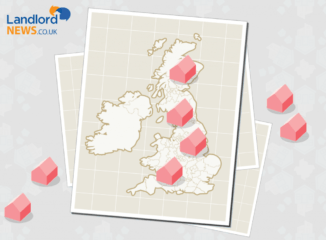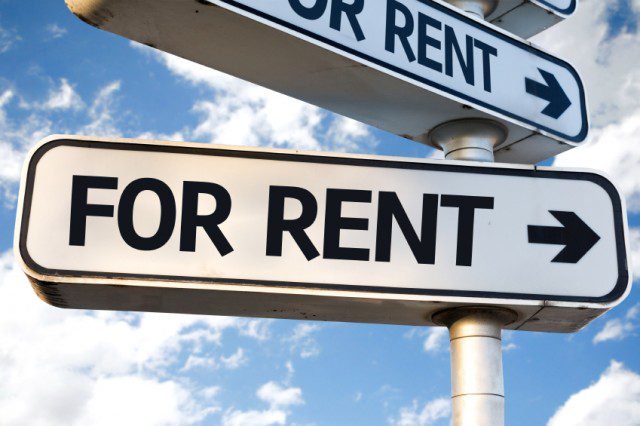England rental hotspots highlighted by latest lettings research
Areas with the most rental demand have been highlighted by research from lettings agent Barrows and Forrester.
The research looked into demand from tenants based on the ratio of available rental properties that have already been let.
The Barrows and Forrester Rental Demand Index monitors rental listings across the nation, taking an average demand score for each English county based on which has the highest number of properties already let as a percentage of all rental listings.
The analysis of all 49 English counties shows that, on average, 40% of all rental properties listed on the market during the first quarter of 2022 had already been let.
West Sussex has seen the most demand, where 69% of all rental properties had been already let in Q1. Demand is also strong in Cornwall (65%), Wiltshire (63%), Suffolk (60%), Bristol (59%), the Isle of Wight (57%), Dorset (56%), Shropshire (55%), Rutland (55%) Somerset (54%) and Cambridge (54%).
Rental demand is at its lowest in West Yorkshire, where just 19% of all listed rental properties have been taken by tenants. Demand was also lower in Leicestershire (22.9%), West Midlands County (23%), the City of London (26%), Merseyside (27%), Lancashire (29%), East Riding (30%), South Yorkshire (31%), Tyne & Wear (31%), and Lincolnshire (32%).
James Forrester, Managing Director of Barrows and Forrester, comments:“We’ve seen a fairly strong start to the year where rental demand levels are concerned, although it’s fair to say that an air of pandemic influence remains despite a return to normality after what has been a strange few years, to say the least.
“Demand across more urban and industrialised areas of the is still slightly more muted compared to pre-pandemic levels, while country and coastal pockets of the market continue to see very high demand.
“It will be interesting to see how this balance shifts over the coming months as we expect that demand for rental properties across major cities, in particular, will start to build considerably.”






